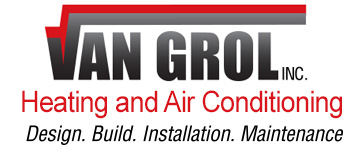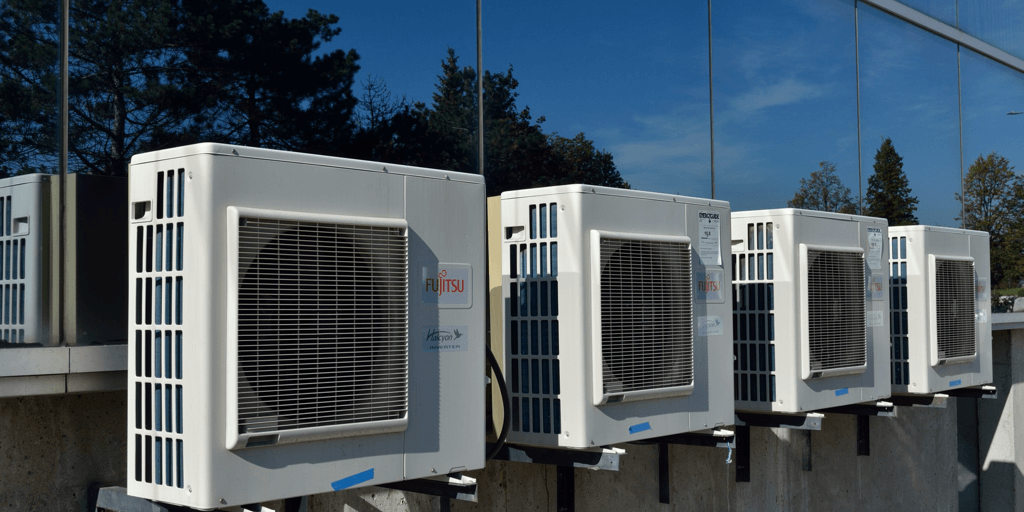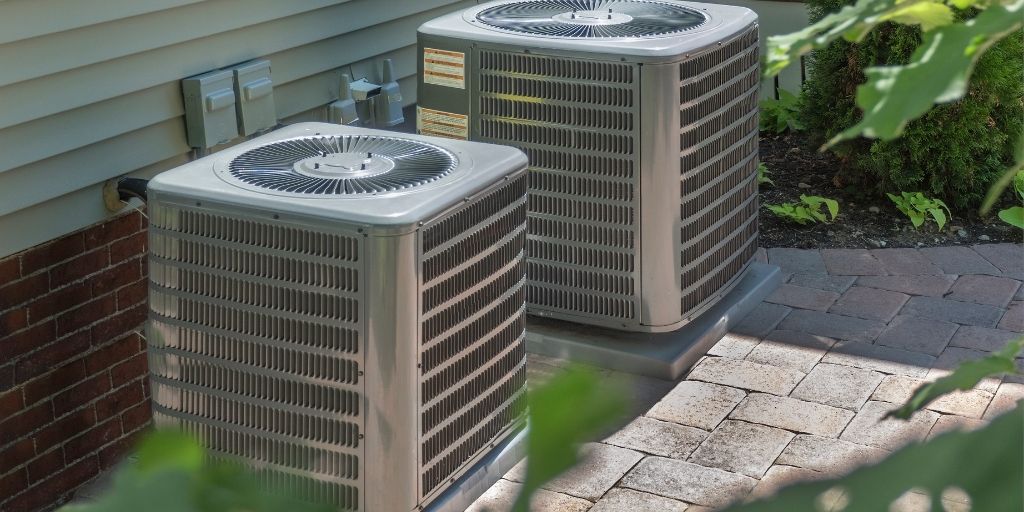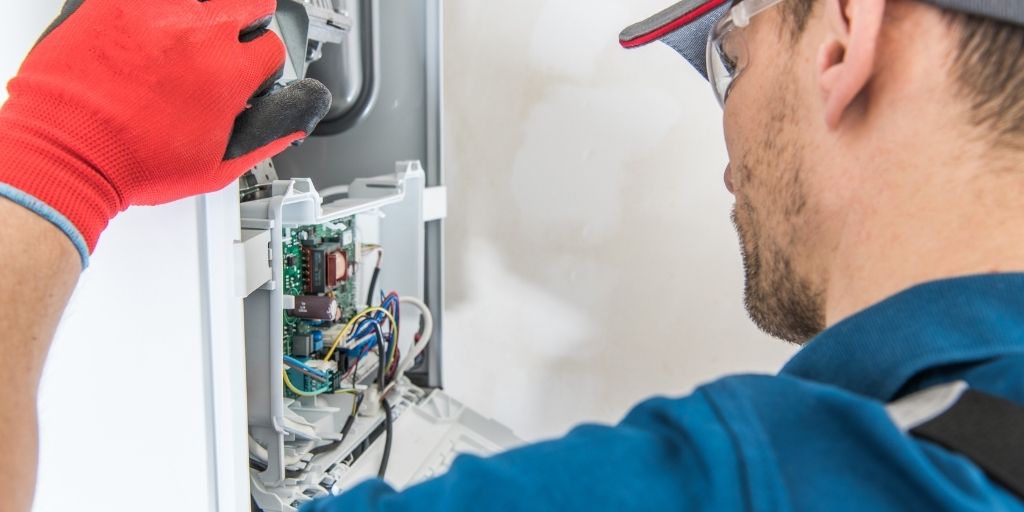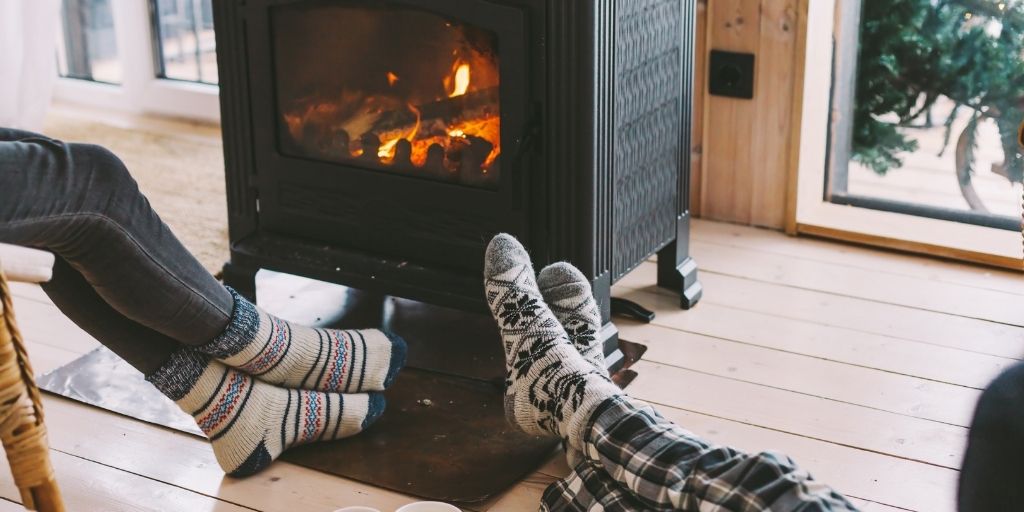As one of the most expensive and energy-hungry aspects of your home, the heating, ventilation, and air conditioning (HVAC) system requires careful installation, maintenance, and control to operate at peak efficiency. Common HVAC mistakes that cause inefficiencies can happen during installation, maintenance, and incorrect operation. Make sure these mistakes don’t cripple your system, costing you money and shortening your system’s life span.
HVAC Mistake: Improperly Sized Air Conditioner
An air conditioner too large or too small for your home represents one of the most important HVAC mistakes to avoid, according to Eric Weiss, a technical trainer. An air conditioning unit too small for the home may never fully catch up to demand. It runs longer and works harder, using more energy and shortening its life span, says Weiss.
When oversized, the unit cycles on and off in short bursts, never really controlling humidity or cycling the air in the home. The constant on/off cycling also stresses the HVAC system and ages it prematurely.
HVAC Mistake: Overly Restrictive Air Filter
Third-party air-filter manufacturers can tempt you into one of the more common HVAC mistakes: Using aggressive air filters. These products take particles out of the air down to as small as 0.3 microns — small enough to trap viruses!
Air filters exist to protect your blower from dirt and debris that can damage the system. Weiss recommends that if you want your HVAC system to pull double-duty as a whole-house air-filtration system, make sure the installer knows that before completing the estimate.
Those expensive, overly-restrictive filters impede airflow, robbing your system of its efficiency and shortening its life — results that cost you plenty in the long run. An installer can compensate for that restrictive filter by enlarging the ductwork, which keeps air flowing at the proper rate.
HVAC Mistake: Installing Outdoor Coils too Close to Obstructions
In an air-conditioning system, the coil unit outside the home needs to stay at or near the ambient air temperature. Attempts to disguise the unit with landscaping can cause the air around the coils to recirculate. In that situation, Weiss says that the air moving through the unit can run as much as 20 degrees hotter than the ambient air. This costs you as much as 15 percent of its capacity to cool your home and results in a power consumption increase of up to 20 percent — a costly double-whammy!
HVAC Mistake: Refrigerant Additives
“From the manufacturer’s perspective, knowing the amount of money we put into the design and operation of the system — even the oils and additives in the compressor vary from one model to another in order to maximize performance,” says Weiss. “So, starting to throw in different additives can be very risky from a reliability perspective.”
Third-party maintenance technicians often try to sell these additives to homeowners as an add-on that boosts their margin. “We have tested many of these through the past and found negative results,” says Weiss. “Others we tested and haven’t seen much change. We really don’t want any of that in the system.”
HVAC Mistake: Using Cleaners on the Coils
Keeping the HVAC system clean is the most basic and effective way to preserve optimal performance. Cleaners that introduce acidic or alkaline substances, however, are another common HVAC mistake. Weiss says you can clean the coils adequately with a stream of low-pressure water. He recommends turning off the power to the unit first, then putting your thumb over the mouth of a garden hose and gently washing down the coils and cooling fins.
If you live near cottonwood trees, aim the spray through the fins from the inside out to wash away the accumulated fibers. You may need to lift the top to accomplish this. Again, be sure to turn off the power to the unit before attempting to open the top.
HVAC Mistake: Replacing A Furnace With Same-Sized Unit
Today’s blowers with variable-speed motors and sophisticated controllers move a lot more air than older units. Automatically replacing a furnace with a new model of the same capacity can result in wasted energy and consumer complaints about loud operation. Take the time to recalculate the home’s needs and match the model to the home as closely as possible. Downsizing the furnace unit can produce energy efficiency and quieter operation, says Weiss.
HVAC Mistake: Running Blower Continuously in Humid Climates
In hot, dry climates, such as in Phoenix, Ariz., Weiss recommends running the HVAC blower continuously to even out distribution of cool air throughout the home. In the more humid environs of Texas and the Midwest, however, he recommends installing a variable-speed blower or setting it to come on only when the compressor runs.
Why? Using the blower continuously raises the relative humidity level within the home by six to 10 percent, which will make you feel even less comfortable.
HVAC Mistake: Failing to Include a Return in a Room With a Door
An air return helps air cycle through your house by routing air from the room back to the furnace-A/C blower to be warmed or cooled again and sent back out to the house. Although opening a vent in a room without a return technically can meet code, Weiss says that any vent needs a clear path for the air to reach a return.
If the door to a room containing a vent with no return gets closed, the pressure in that room goes positive, forcing the rest of the home into a negative-pressure state. The negative pressure pulls air into the home from any possible opening, circumventing the HVAC system and possibly trapping exhaust from gas appliances inside your home.
When designing a system, make sure that all rooms have free airflow to a return and that the returns are sized to provide adequate airflow back to the furnace and blower.
Source: www.msn.com/en-us/Lifestyle/home-and-garden/avoid-these-common-hvac-mistakes
